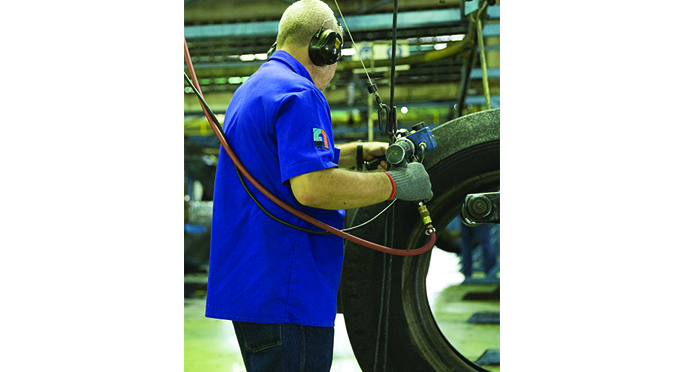Manufacturing companies face unique challenges when planning, structuring, and implementing a succession plan. Successful succession planning is the art of transferring the control, ownership, and management of the business. While each of these elements (control, ownership, and management) requires careful consideration when structuring any successful succession plan, there are a number of considerations unique to manufacturing companies.
Tax Impact
Because of the nature of manufacturing companies involving real property and heavy equipment, there are both possible tax benefits and tax pitfalls when structuring succession plans for the company. On the positive side, deferred taxation is possible for both real property and equipment sales. By lowering the tax cost of a transaction, it may be easier to finance the succession plan and bring in new owners. On the negative side, depreciation recapture can drive the tax cost of a succession plan unreasonably high, endangering the success of the plan. Careful analysis of the company’s financial statements, tax returns, and depreciation schedules, along with proper structuring and allocation of purchase price, greatly increases the likelihood of a successful plan.
External Buyers
If the company is to be sold to a competitor, confidentiality is a key component of the transition. If it becomes known in the industry that the company is for sale, competitors will use that information to attempt to pick off valuable employees and clients. During the due diligence phase of a transaction, financial information and other proprietary information, such as manufacturing processes, are often shared with the potential buyer. If not properly protected with a rigorous non-disclosure agreement, this information can also be used against the company if the transaction is not completed.
Internal Buyers
If family members or key employees are the preferred target buyers, consideration must be given to the fact that it is unlikely family members or employees will have the financial resources to purchase the company outright. Often, family or employees will need to acquire their ownership of the company over time. That can be accomplished through a variety of tools, from stock bonus plans to buy-sell agreements funded with insurance or deferred compensation plans. The funding of the transition of the company to family or employees can be a five- to ten-year process. Additionally, the succession plan needs to address the likelihood that not all family or employees will stay with the company for the duration of the succession plan, requiring some recalibration of the plan over time.
Control
Designing and implementing a succession plan does not necessarily mean giving up control of the company. If internal succession is preferred, transitioning family or key employees into ownership and management of the company can occur over time. Additionally, while ownership of the company is transitioned to the new owners, control of the company can be retained by the original owners with the use of non-voting stock for new owners or multiple classes of stock and preserved voting rights for the original owners.
Securing and monetizing the value that a manufacturing company owner has spent a career creating takes careful planning and a long-term vision. Starting the process well before the need to exit the company will help assure the success of the company, both in terms of the continued longevity of the company and returning value to the departing owners.
Thomas B. Eriksen is an attorney in Jordan Ramis PC’s Business Law practice group. He represents business and corporate clients in all aspects of business operations. You can contact him at 541-550-7900.





